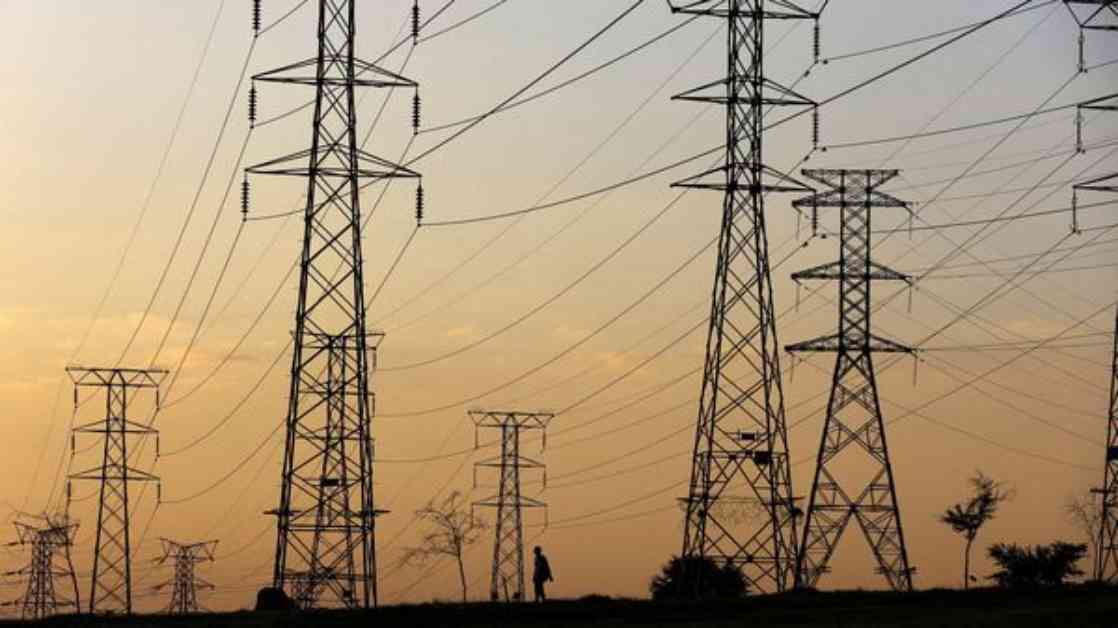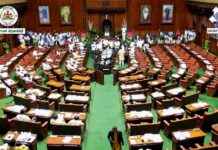India has really ramped up security for its national power grid recently. The tensions with Pakistan have stirred up some old memories of cyberattacks, so the power ministry is taking some serious steps to beef up security at the load despatch centres. These centres are basically in charge of managing the demand and supply of power, so you can imagine how crucial it is to keep them safe from any potential cyber or physical attacks. It would be a total disaster if the grid were to go down because of some security breach.
One of the people in the know mentioned that the National Load Despatch Centre (NLDC) and other regional and state load despatch centres are usually pretty secure. But, you know, when things get a little dicey on the national security front, it’s always a good idea to tighten things up a bit. Better safe than sorry, right?
The load despatch system is quite elaborate, with the NLDC at the very top, followed by five regional load despatch centres (RLDCs) managing the regional grids, and then 33 state load dispatch centres (SLDCs) taking care of power distribution at the state level. It’s like a hierarchy of power management, if you will.
Some questions were thrown at the ministries of power and home affairs and the Grid Controller of India, but they didn’t bother to respond. Classic government move, right? Another person mentioned that they’re keeping an eye on both cyber and physical security at all these load despatch centres. It’s like they’ve got their own little security squad going on.
The real concern here is the history of cyberattacks on India’s power sector. There have been some pretty high-profile incidents in the past, like the outages in Mumbai in 2020 or the attack on the Kudankulam Nuclear Power Plant in 2019. It’s like a game of whack-a-mole with these cyber threats, you never know where they’re going to pop up next.
There was even an attack on the northern grid last year, allegedly by Chinese hackers. And let’s not forget what the former Union power minister said about three attacks on the Ladakh power grid. It’s like a cyber war zone out there, folks.
According to Pavan Duggal, an advocate at the Supreme Court who knows a thing or two about cyber laws, we need to be prepared for more attacks in the future. With the rise of artificial intelligence, the threats are only going to get more sophisticated. It’s like fighting an invisible enemy that’s always one step ahead of you.
But hey, it’s not all doom and gloom. Alok Kumar, a former power secretary, thinks that cybersecurity is the real MVP here. Physical security is one thing, but a cyberattack can really mess things up big time. The government has been taking some steps to beef up cybersecurity, like appointing cyber security officers and setting up emergency response teams. They’re like the Avengers of the power sector, ready to swoop in and save the day.
In conclusion, cybersecurity is no joke when it comes to the power grid. The government is doing its best to stay ahead of the game, but the threats are always evolving. So, buckle up folks, because it’s going to be a bumpy ride in the world of cyber warfare.


























